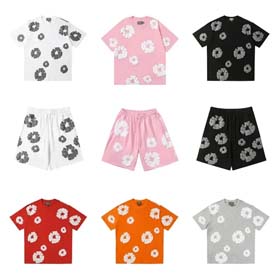The Role of Shopping Spreadsheets in Data-Driven Innovation for Reverse Purchasing Platforms
As reverse purchasing platforms and major buying agent websites increasingly embrace technological innovation, shopping spreadsheets emerge as powerful data support tools to measure the impact of new technologies on business performance and user experience. This article explores how structured data tracking enables informed decision-making for continuous technological advancement.
1. Pre-Implementation Data Benchmarking
Modern purchasing spreadsheets are designed to:
- Document baseline metrics including order completion rates, processing times, and customer satisfaction scores
- Track platform-specific KPIs such as cross-border shipping duration
- Capture qualitative feedback through structured comment analysis frameworks
Example metric structure:
| Metric | Platform A (Pre) | Platform B (Pre) |
|---|---|---|
| Average checkout time | 4.2 min | 3.8 min |
| Cart abandonment rate | 68% | 72% |
2. Real-time Performance Monitoring During Tech Integration
Advanced spreadsheet solutions now incorporate:
API-based Data Feeds
Direct connections to platform databases for automated metric updates
Dynamic Dashboards
Visual representations of technology adoption ratesuser engagement patterns
"Our integration with buying agent APIs reduced data latency from 12 hours to 9 minutes" - DaigouTech Product Lead
3. Post-Implementation Impact Analysis Frameworks
- Operational Efficiency Metrics
- Order processing time deltas
- Customer service ticket resolution rates
- User Experience Indicators
- Net Promoter Score (NPS) movement
- Feature adoption curves

4. Creating the Data-Innovation Feedback Loop
Forward-thinking platforms utilize spreadsheet insights to:
- Prioritize development pipelines
- Allocating resources to features demonstrating the highest ROI
- Customize UX enhancements
- Regional preferences revealed through spreadsheet segment analysis
Key finding: Platforms maintaining detailed tech adoption spreadsheets achieved 40% faster iteration cycles than industry average.
By transforming shopping spreadsheets from passive record-keeping tools into active data analysis platforms, reverse purchasing services can objectively measure technological value, minimize implementation risks, and sustain competitive advantage



















